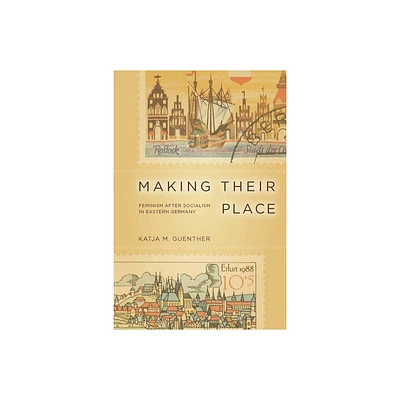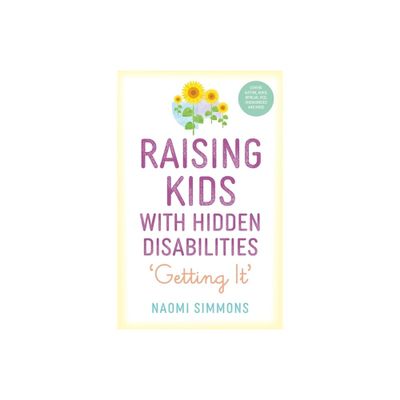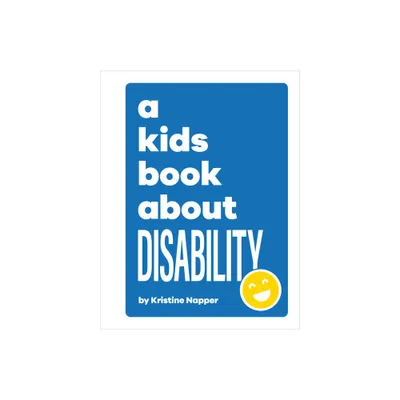Home
Making A Place For Kids With Disabilities
Loading Inventory...
Barnes and Noble
Making A Place For Kids With Disabilities
Current price: $45.00


Barnes and Noble
Making A Place For Kids With Disabilities
Current price: $45.00
Loading Inventory...
Size: OS
*Product Information may vary - to confirm product availability, pricing, and additional information please contact Barnes and Noble
Dale Borman Fink, the author of the only book on inclusion of youth with special needs in before and after school child care, now presents the first book to examine the experiences of children with disabilities participating in youth programs alongside their typical peers. This book is the product of Fink's quest to learn as much as possible about one community's experience with the inclusion of children with special needs in youth programs. Using a case study technique, he probes into the issues and dynamics that influence the increasing participation of kids with disabilities in such activities as Girl Scouts, Boy Scouts, and park and recreation programs.
Fink enters a Midwestern community of 14,000, which he calls Wabash, interviewing the parents, the professionals, the peers, the community leaders, and the volunteers about the participation of children with disabilities. How does a girl who relies on an augmentative communication device take part in a Brownie troop? What do other tee-ball players think about a teammate with cerebral palsy? Why does one family refuse to use the local drop-in recreation center? Readers will learn what practices are evolving and what opportunities are being overlooked. Fink makes his own biases and interpretations plain, and he shares part of his own biography along the way. But it is the voices and experiences of the people of Wabash, rather than those of the author, that invest this book with such power about and such importance to all who are concerned youth with special needs.
Fink enters a Midwestern community of 14,000, which he calls Wabash, interviewing the parents, the professionals, the peers, the community leaders, and the volunteers about the participation of children with disabilities. How does a girl who relies on an augmentative communication device take part in a Brownie troop? What do other tee-ball players think about a teammate with cerebral palsy? Why does one family refuse to use the local drop-in recreation center? Readers will learn what practices are evolving and what opportunities are being overlooked. Fink makes his own biases and interpretations plain, and he shares part of his own biography along the way. But it is the voices and experiences of the people of Wabash, rather than those of the author, that invest this book with such power about and such importance to all who are concerned youth with special needs.


















